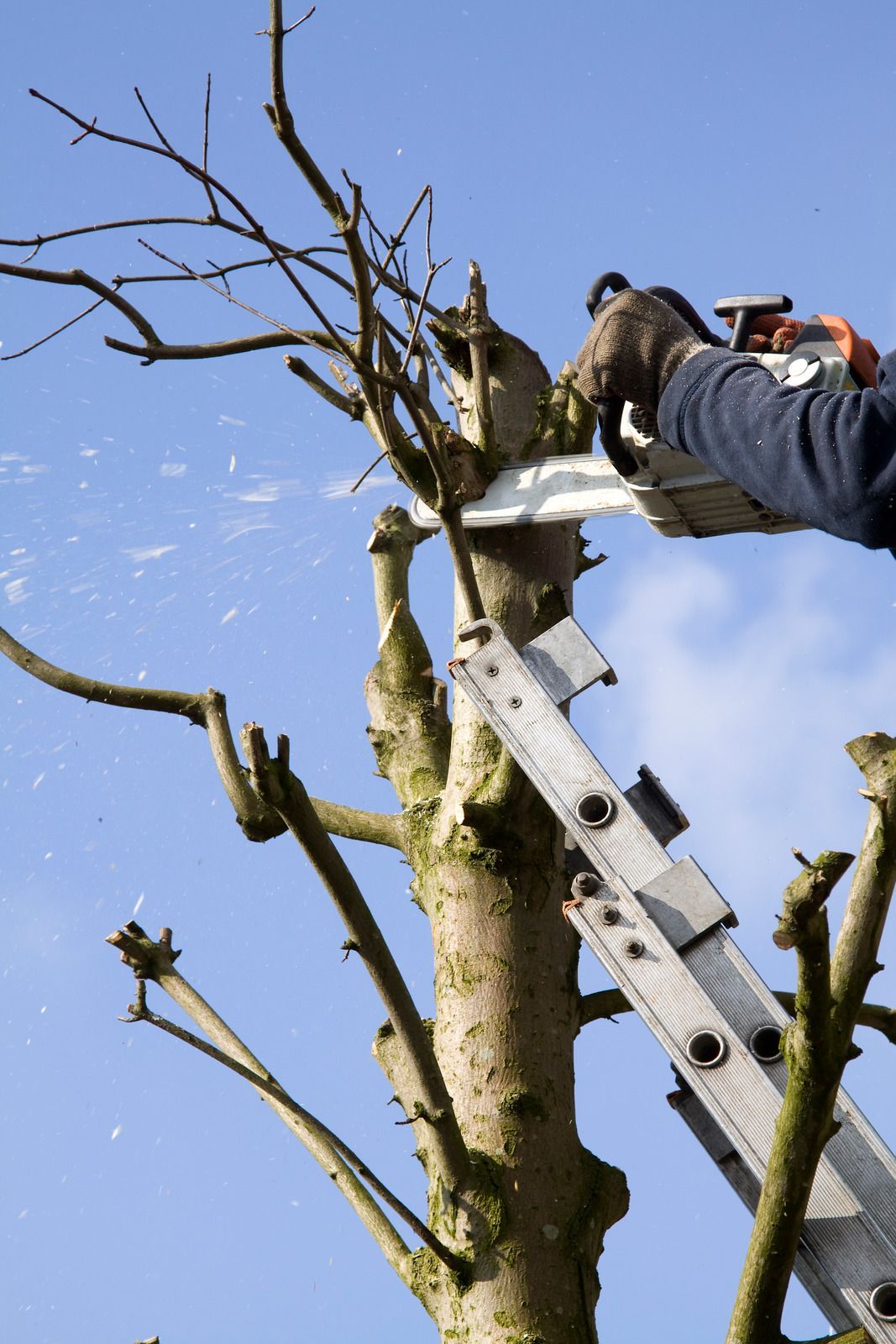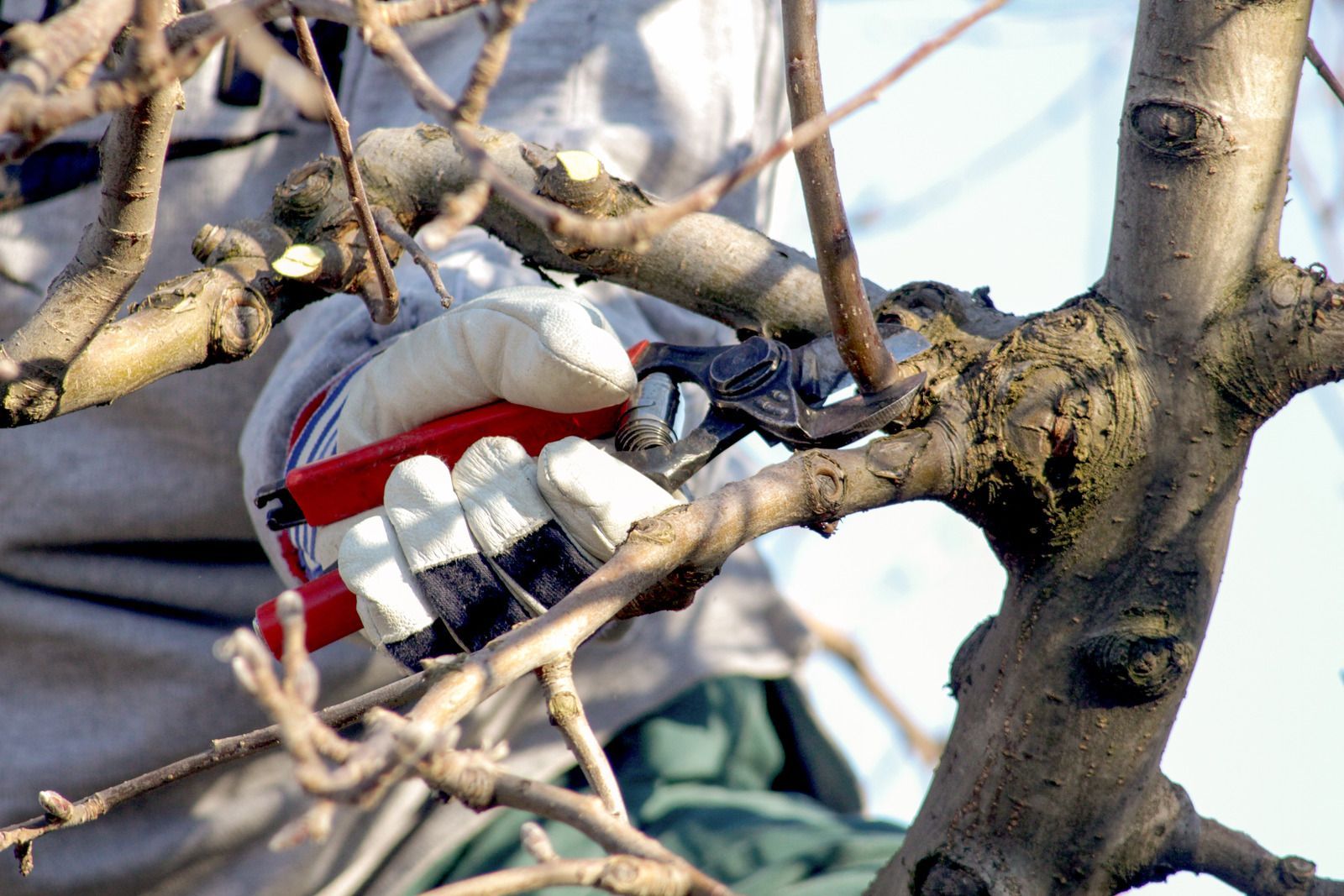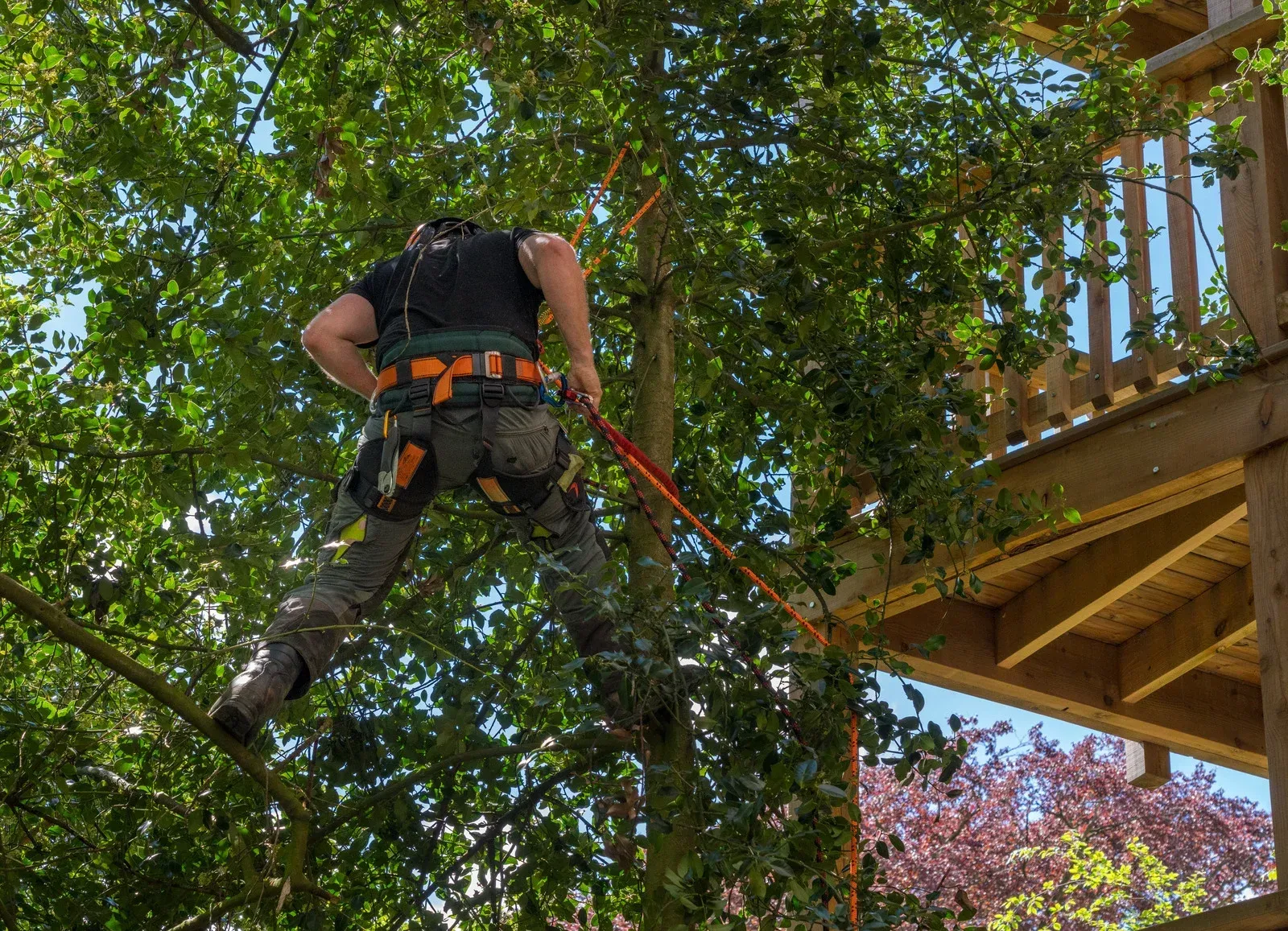Tree Pruning Services in Belchertown, Massachusetts


Precision Tree Pruning to Support Long-Term Tree Health
Maintaining a landscape's beauty and safety requires more than seasonal upkeep—it demands skilled, professional tree care. With over 20 years of experience, Swift River Tree & Landscape offers expert tree pruning services in Belchertown, Massachusetts, tailored to the diverse needs of residential and commercial properties. Pruning is vital for tree longevity and property protection in a region marked by heavy snowfall, humid summers, and strong winds. Tree pruning isn’t merely a cosmetic task. It involves the selective removal of branches to improve structure, remove hazards, and promote healthy growth.
Done improperly, pruning can damage a tree’s integrity or shorten its lifespan. That’s why trained experts are needed—those who understand both the tree's biology and the unique challenges the New England climate presents. In areas with frequent storms and seasonal temperature swings, weak or dead limbs can pose risks to buildings, vehicles, and people. Pruning prevents these issues while supporting new growth and enhancing the tree's overall shape. Whether your property features shade trees, ornamentals, or a mix of species, proper pruning helps ensure each tree reaches its full potential safely and beautifully. Professional pruning delivers benefits that extend well beyond appearance by incorporating industry-standard techniques and long-term strategies. It’s a vital service that helps protect your investment in your property’s landscape while promoting vibrant, resilient tree growth for years.
Benefits of Tree Pruning
Promotes Tree Health
Pruning eliminates dead, diseased, or decaying branches that can hinder a tree’s ability to absorb nutrients and fend off pests. By removing these problem areas, the tree can redirect its energy to healthy growth, improving its overall condition and resilience. It also reduces the risk of fungal infections and other health issues that can spread if left untreated.
Reduces Storm Risks
Weak, overgrown, or poorly positioned limbs are particularly vulnerable during heavy wind, snow, or rain. Pruning strengthens a tree’s framework by removing branches more likely to fail under pressure. This proactive care reduces the chance of breakage, minimizing potential safety hazards and costly damage to nearby structures or property.
Enhances Airflow and Light Penetration
Thinning the canopy allows sunlight to reach lower branches and the ground below. Increased airflow helps reduce humidity around the foliage, which can deter the growth of mold and mildew. These improvements benefit the tree and support the health of the surrounding grass and plants.
Shapes Aesthetic Appearance
A well-pruned tree maintains a pleasing, balanced shape that complements its surroundings. Regular shaping enhances visual appeal, helps maintain symmetry, and contributes to an organized, well-maintained landscape. This is particularly important for ornamental trees or those near entryways or focal points.
Prevents Structural Hazards
Branches growing too close to structures, pathways, or overhead spaces can become dangerous over time. Pruning removes these risks, ensuring better clearance and safer outdoor environments for people, pets, and property.
Encourages Long-Term Growth
Pruning supports a tree's natural growth direction, helping it develop a strong trunk and stable limb structure. This long-term health investment results in healthier, more robust trees that live longer and require less corrective work in the future.
Tree Pruning Services We Offer
Structural Pruning
This service targets young trees to promote a strong, well-balanced framework. By guiding early branch development, structural pruning prevents weak limb formations and reduces the need for major corrections later. It’s essential in helping trees mature with stability, improving their longevity, appearance, and resistance to environmental stress as they grow, ensuring healthy growth and sustainable development.
Deadwood Removal
Removing dead or decaying branches improves both safety and tree health. These limbs can harbor pests or diseases and may fall unexpectedly, posing risks to property and people. Deadwood removal clears these hazards, lightens the canopy, and allows the tree to redirect energy toward healthy growth, contributing to its overall strength and stability.
Crown Thinning
Crown thinning reduces canopy density by selectively removing interior branches. This increases light penetration and airflow throughout the tree, enhancing photosynthesis and reducing the risk of fungal infections. It also lowers wind resistance during storms and encourages even growth. This professional service is ideal for improving mature trees' health and structure.
Crown Raising
This method removes lower branches to create vertical clearance for walkways, driveways, or open space under the tree. Crown raising makes the area safer and more usable while maintaining the tree’s natural form. It’s beneficial when limbs obstruct visibility, movement, or light reaching garden beds or lawns, enhancing safety and accessibility.
Crown Reduction
Crown reduction carefully shortens a tree's height or spread while maintaining its structure and appearance. This vital service is used when trees outgrow their space, interfere with views, or pose risks. It preserves the tree's overall health using proper pruning techniques that avoid overcutting or stressing the canopy.
Storm Damage Pruning
Severe weather can leave trees with broken or hanging limbs that pose immediate dangers. Storm damage pruning removes compromised branches, prevents further breakage, and restores the tree’s shape. It’s a critical service that protects nearby structures and ensures the tree can recover safely, grow with proper structural integrity, and thrive over time.
Protect Property and Promote Growth with Every Cut
Tree pruning is not just a cosmetic enhancement—it’s a critical investment in your landscape's health, safety, and long-term sustainability. Regular pruning ensures that your trees remain strong and free of disease while also contributing to a cleaner, safer environment. You reduce the risk of accidents, costly damage, and long-term decline by addressing issues early, such as crowded branches, weak limb attachments, or obstructed pathways. With over 20 years of experience, Swift River Tree & Landscape delivers trusted tree pruning solutions in Belchertown, Massachusetts, and nearby areas backed by expert technique and an in-depth understanding of tree structure and seasonal care needs.

More than just cutting limbs, professional pruning is a science-based practice that considers each tree's biology, structure, and growth cycle. When performed with the right tools and techniques, it helps trees thrive for decades, reduces maintenance needs, and enhances the overall value of your property. With proper pruning, your trees will remain safe, healthy, and visually appealing for years. Choose experienced professionals who prioritize long-term results and take pride in preserving the integrity of your landscape.
Frequently Asked Questions
How do I know if my tree needs pruning?
Common signs include dead or broken branches, crossing limbs, dense canopy, or limbs growing toward structures. Regular assessments help determine if pruning is necessary to improve tree health, safety, and appearance while supporting proper growth patterns.
Is there a specific season that’s best for pruning?
Most trees benefit from pruning during their dormant season, typically late fall to early spring. Pruning during dormancy helps avoid stress, reduces the risk of disease transmission, and promotes vigorous growth in the following growing season.
Will pruning make my tree grow faster?
Pruning doesn’t necessarily speed up growth, but redirects energy to healthier branches and areas that need development. It encourages stronger, more balanced growth by eliminating deadwood, reducing overcrowding, and improving air and light exposure within the canopy.
Can over-pruning harm a tree?
Removing too many branches or making improper cuts can stress a tree, reduce photosynthesis, and make it vulnerable to pests and disease. To avoid long-term damage, it’s important to prune correctly and have knowledge of tree structure.
What’s the difference between trimming and pruning?
Trimming generally refers to shaping for appearance, while pruning focuses on tree health, safety, and structural integrity. Pruning is more technical, involving the selective removal of branches to promote healthy, long-lasting growth and prevent potential hazards.
How often should I schedule tree pruning?
Most trees should be pruned every 2–3 years, though young or fast-growing trees may require annual shaping. The frequency depends on species, age, condition, and growth rate. Regular evaluations help determine the ideal pruning schedule for each tree.
Do you remove all the debris after pruning?
After the service, all branches, limbs, and pruning debris are cleaned up and removed. This ensures your yard is left safe, tidy, and free from potential hazards or clutter left behind from the pruning process.
What our customers have to say...
Testimonials
Jeff has been caring for our trees for a few years now. He’s extremely knowledgeable, and great communicator! His work is meticulous, even with gigantic 100 foot trees. Careful tree removal with consideration for the landscape surrounding. He and his crew have done landscaping work for us as well, and it’s just outstanding! Absolutely recommend Jeff and Swift River every time, we won’t use anyone else.
Bri M.
Great job very professional very thorough.
Tina N.
Awesome company. An awesome work highly recommended
Bobbe V.
Jeff was very reasonable and did an impeccable job!! He’s very skilled!! We are thankful for all the good work he did at our property!
Lisa L.
Jeff and his guys did a great job today on one monster pine I had hanging over the house!!! We’ll sleep easier.....Thanks Jeff for the great job!
Ryan D.
Great price and very hard working guys
Dave L.
